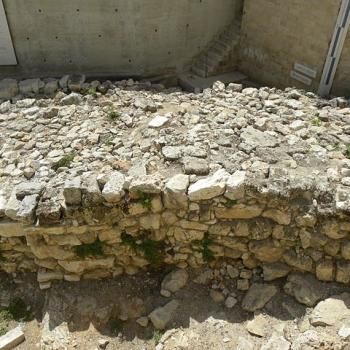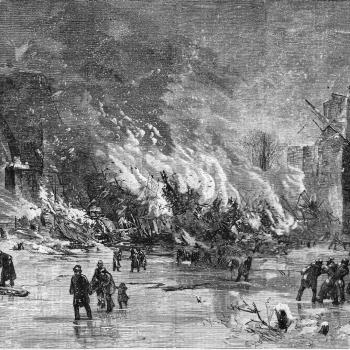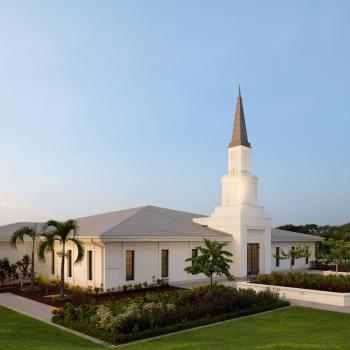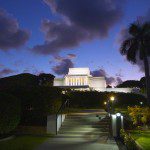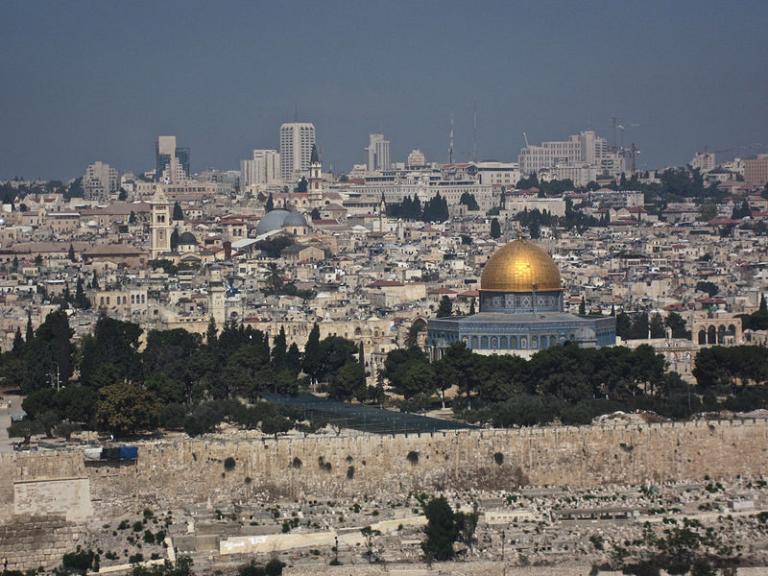
(Wikimedia Commons public domain image)
I liked this passage from Graham E. Fuller, A World Without Islam (New York, Boston, and London: Little, Brown and Company, 2010):
When the troops of the First Crusade finally reached Jerusalem in 1099, reconquest was a brutal affair, in extraordinary contrast to the manner i which Jerusalem fell to disciplined Arab forces some five hundred years earlier. In 637 CE [= AD], we recall the second Caliph ‘Umar had personally entered the city after a siege of many months; Arab troop discipline was maintained and the city was not pillaged, in accordance with a treaty ‘Umar had signed with the patriarch of Jerusalem at the time of surrender. In reference to the Christians, that treaty had stated that
their churches are not to be taken, nor are they to be destroyed, nor are they to be degraded or belittled, neither are their crosses or their money, and they are not to be forced to change their religion, nor is any one of them to be harmed.
Jewish sources furthermore report that ‘Umar was shocked at the condition of the ruins of the Jewish temple, which had been turned into a garbage heap under the Romans; since the site was sacred for Muslims as well, ‘Umar personally helped clean the site by hand along with his men. Jews were allowed to practice Judaism in the city for the first time since their expulsion by the Romans some five hundred years earlier.
But the capture of Jerusalem by the first crusader forces in 1099 was quite a different story. Jews, who feared the arrival of Christian rule, fought on the Muslim side in defense of the city, but to no avail. After a long and costly siege, the crusaders broke into the city on 15 July and in a twenty-four-hour period murdered virtually every single inhabitant — men, women, and children, Muslim, Jew, and most Eastern Orthodox Christians — probably around sixty thousand people. This included thousands of Jews taking refuge in their synagogue, and many thousands more Muslims in the al-Aqsa mosque. The Catholic Encyclopedia reports tersely: “the Christians entered Jerusalem from all sides and slew its inhabitants regardless of age or sex.”
Fulcher of Chartres, a crusader who participated in the conquest, wrote: “Indeed, if you had been there you would have seen our feet coloured to our ankles with the blood of the slain. But what more shall I relate? None of them were left alive; neither women nor children were spared.” (100-101)
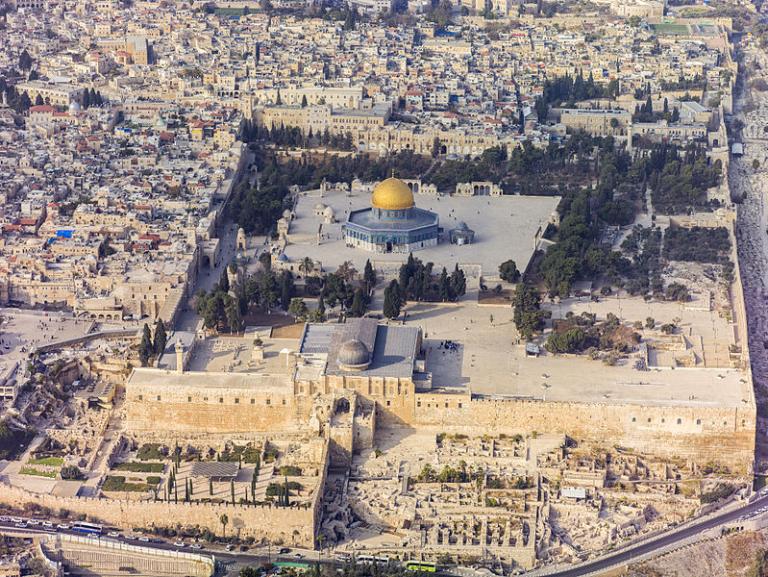
(Wikimedia Commons public domain photograph)
I wrote an article for the Deseret News back in 2013 that is relevant here:
“Here are 2 examples of Muslim respect for Christian churches”



